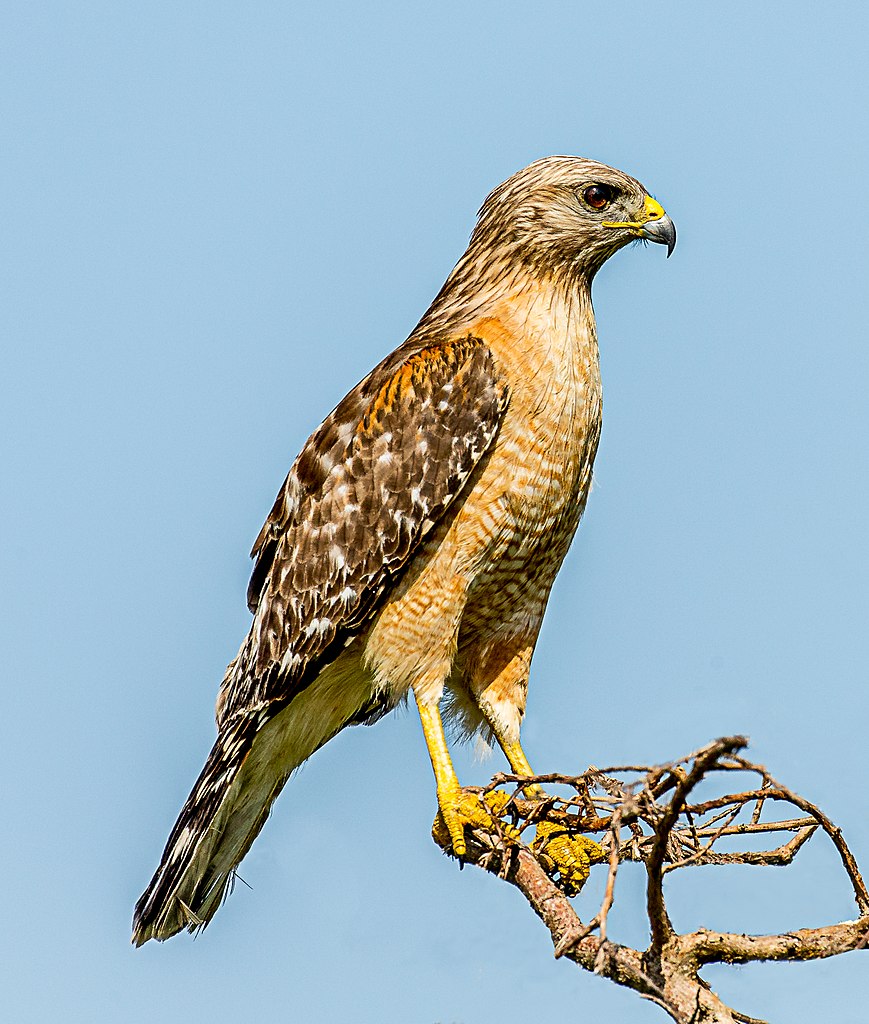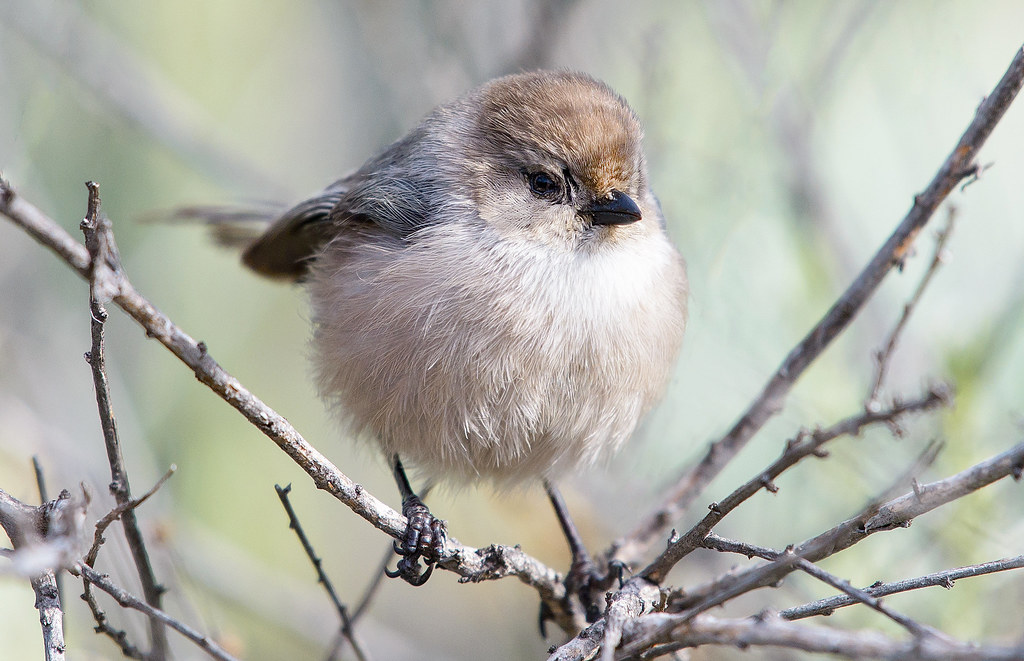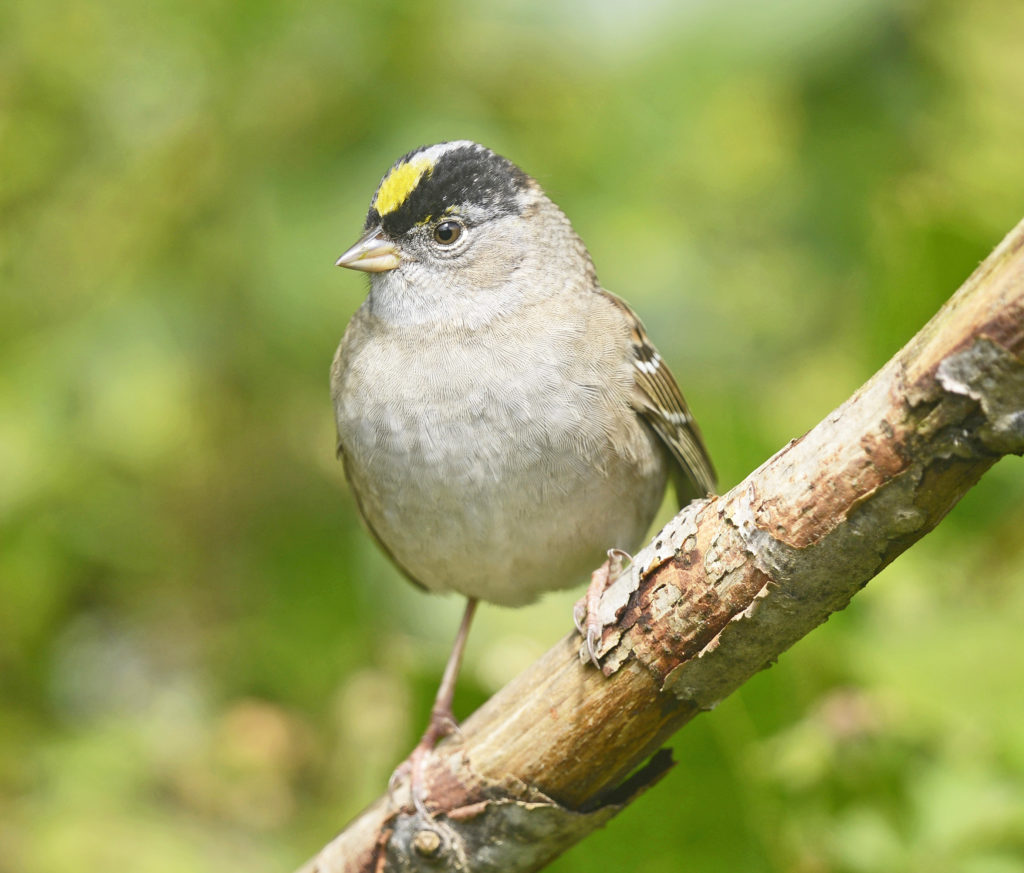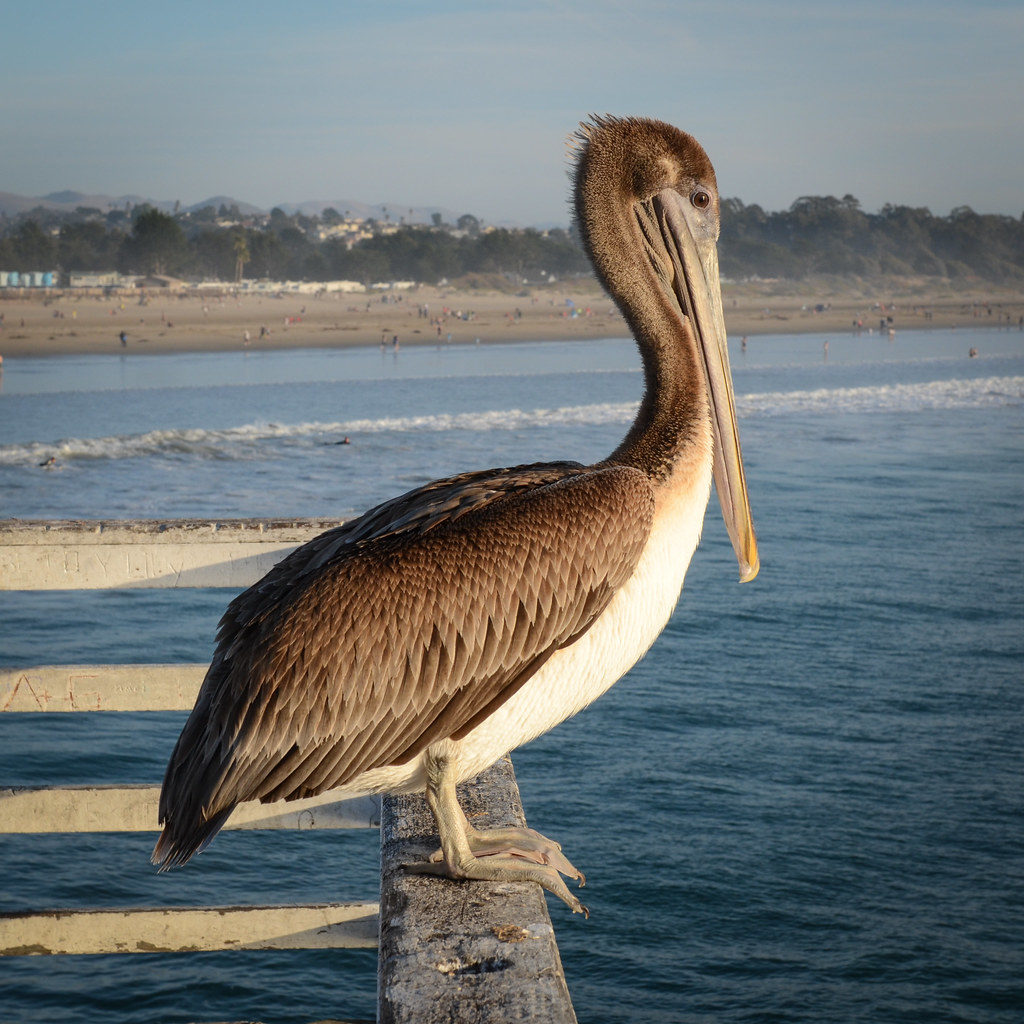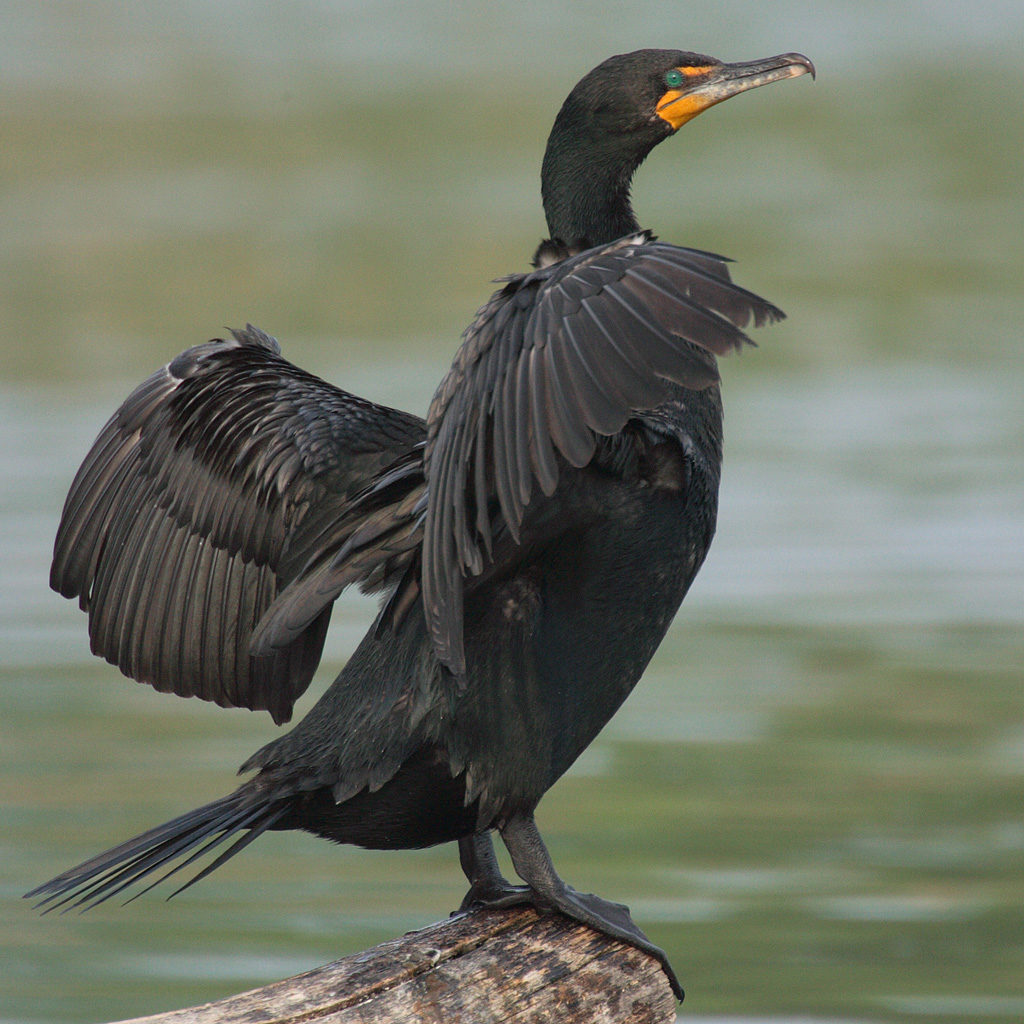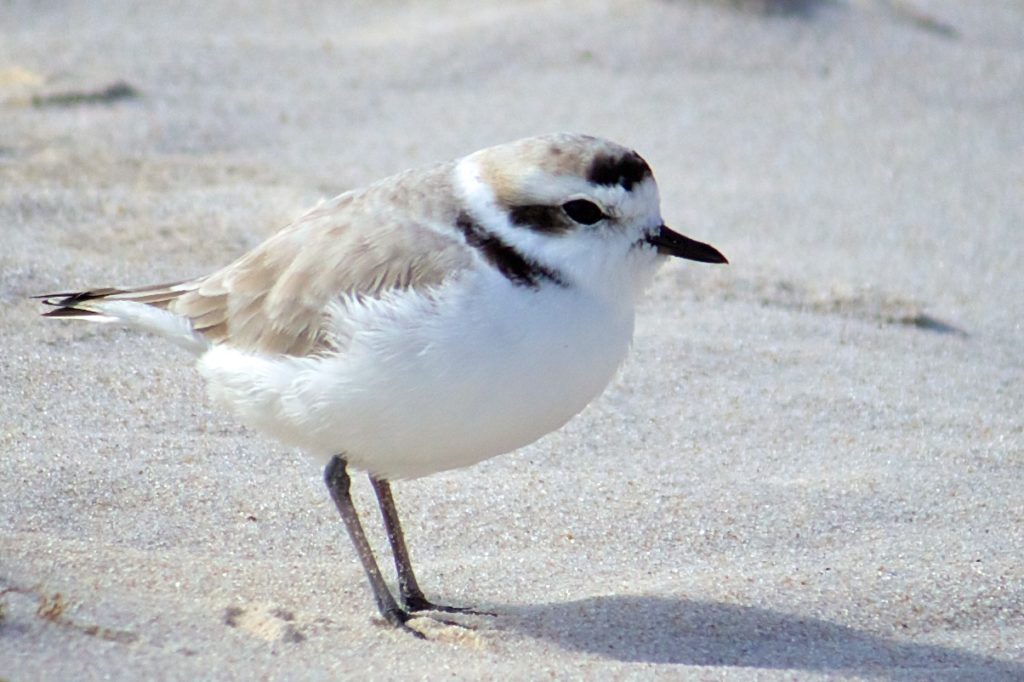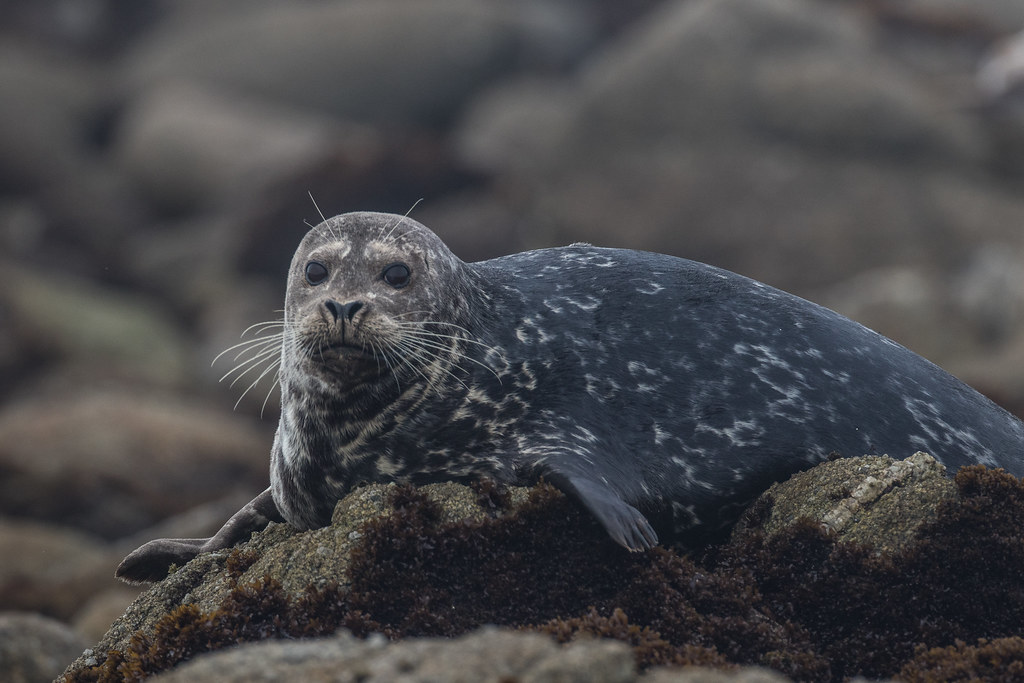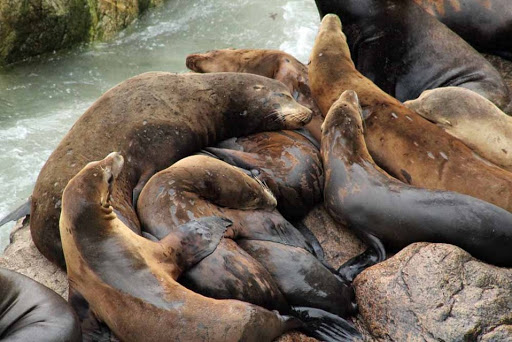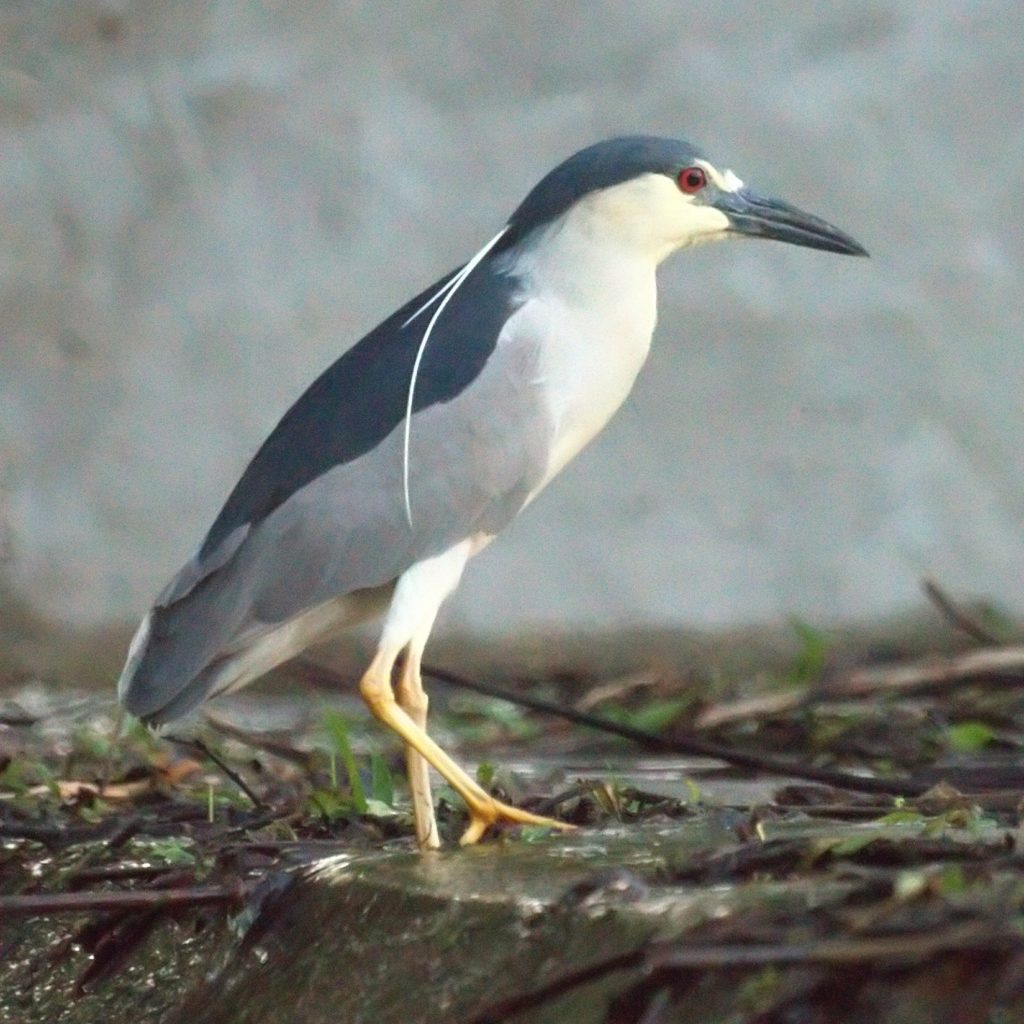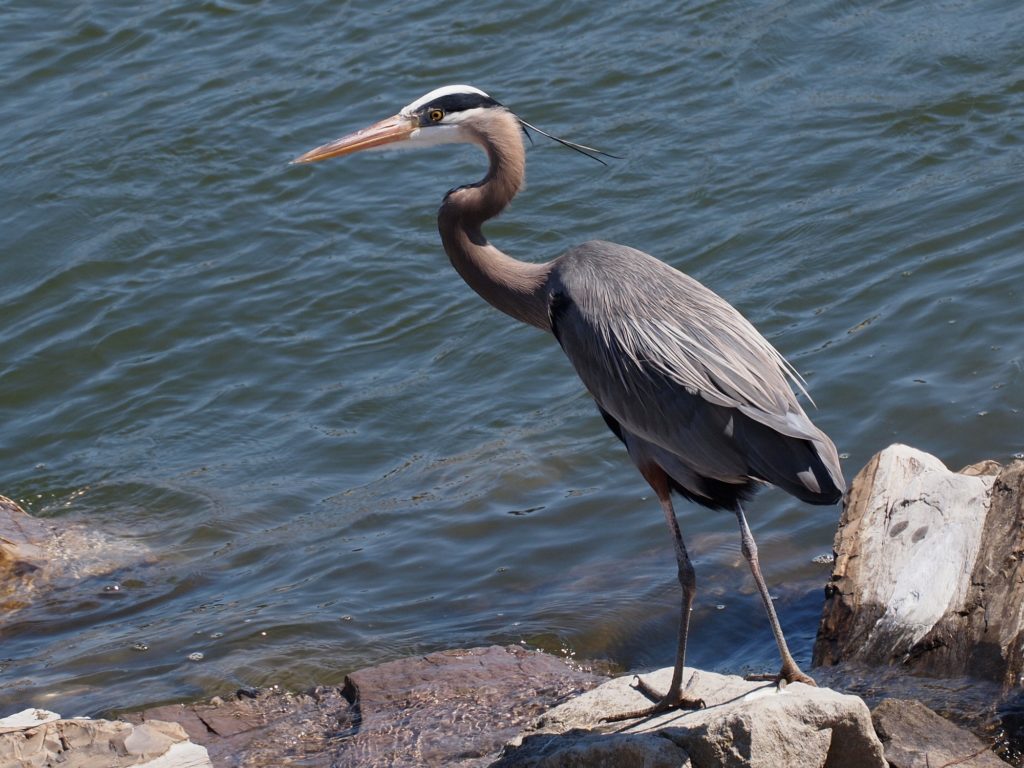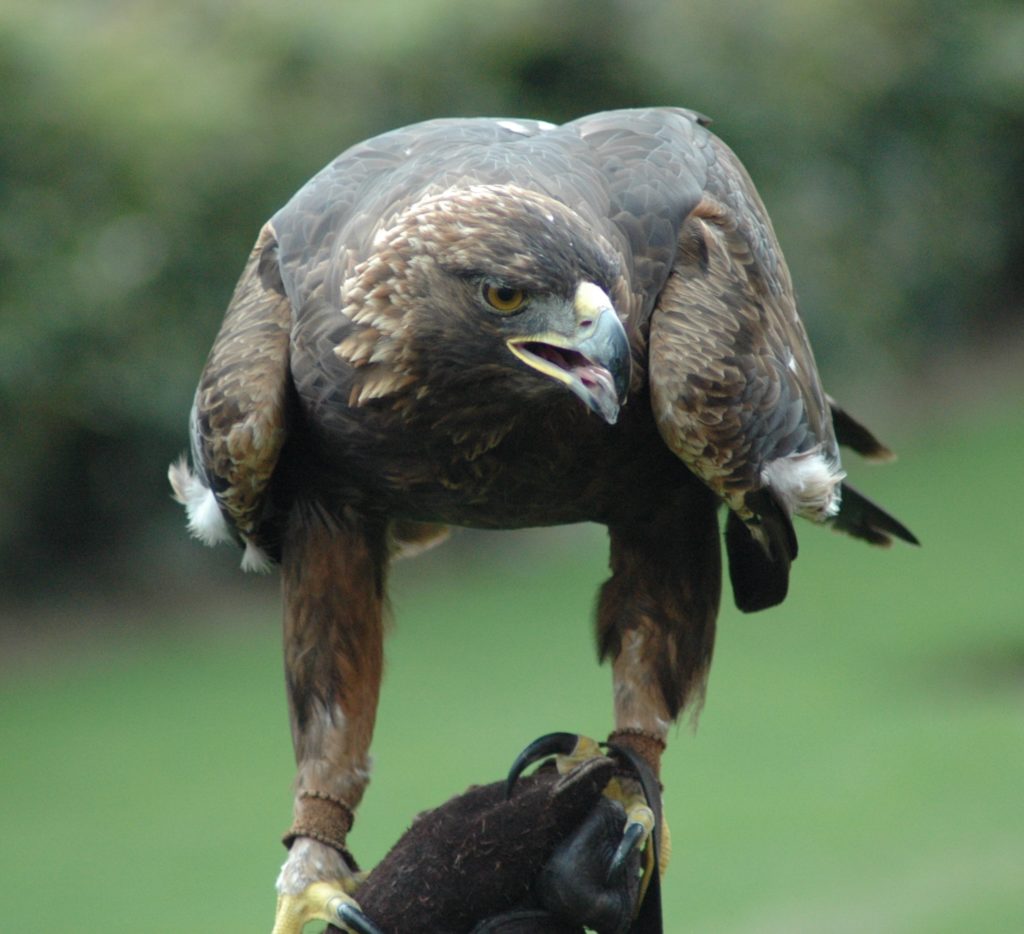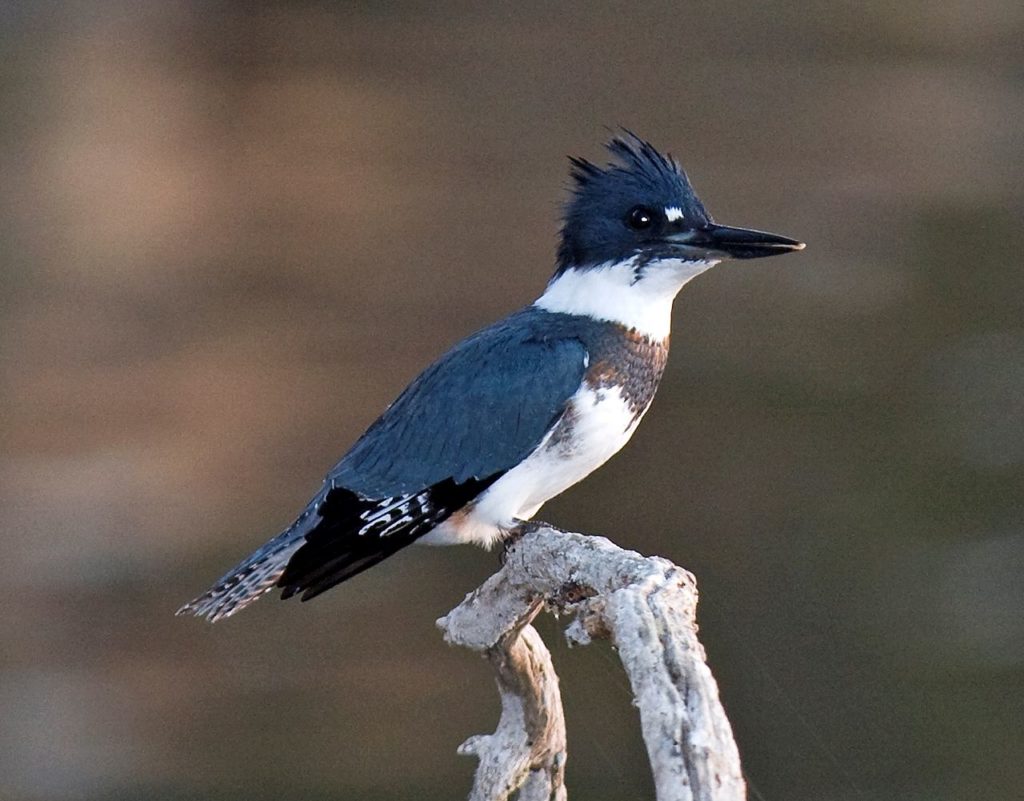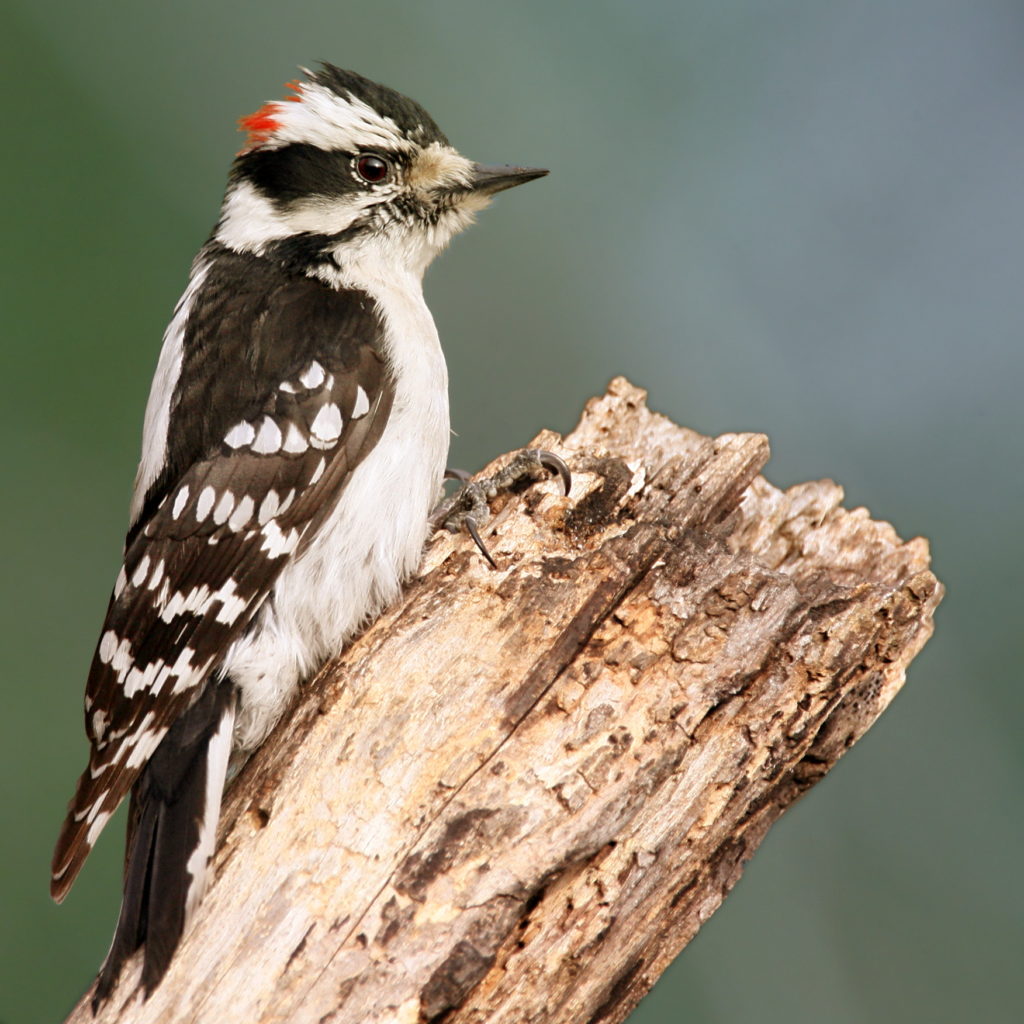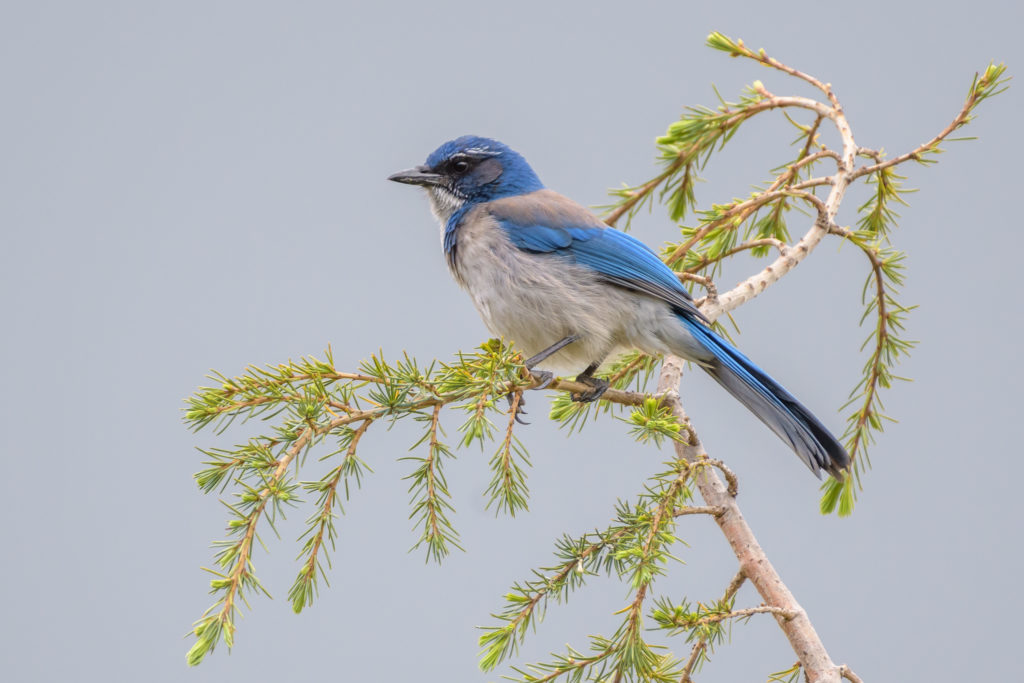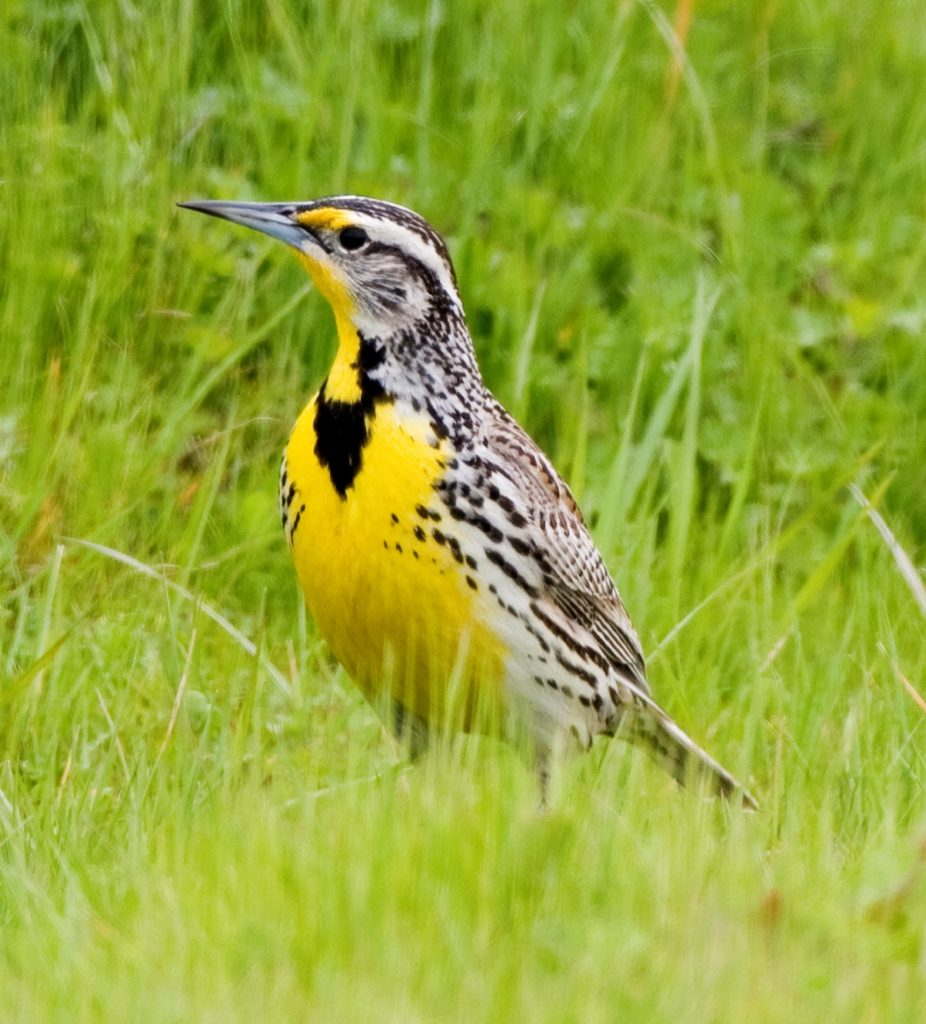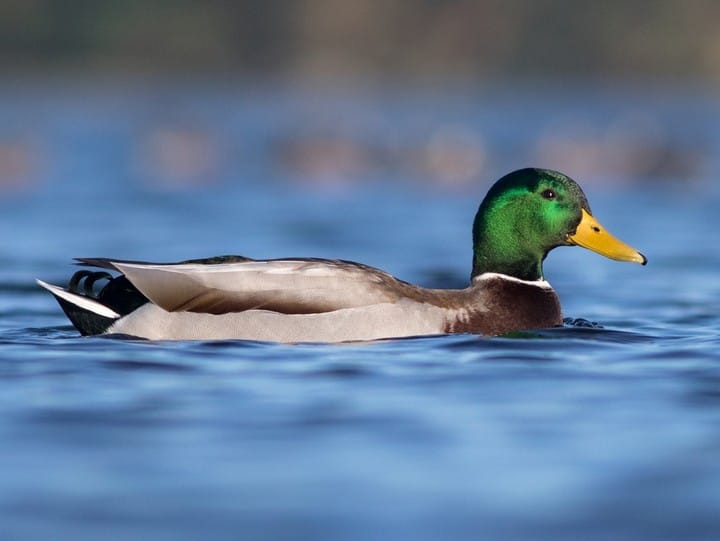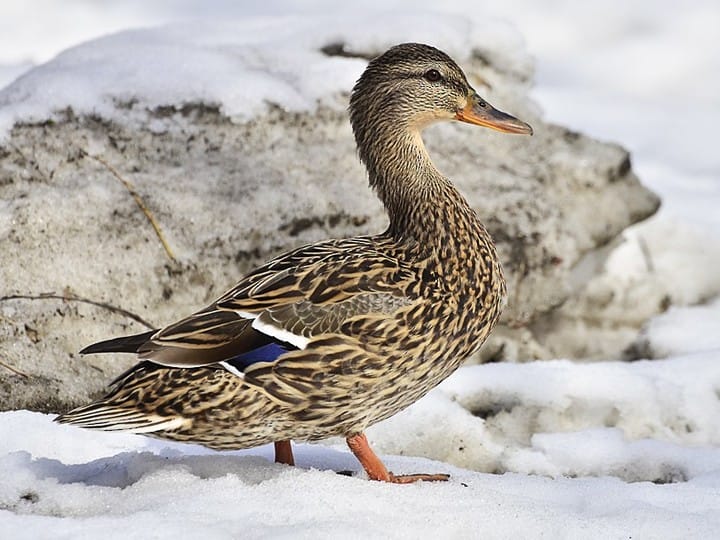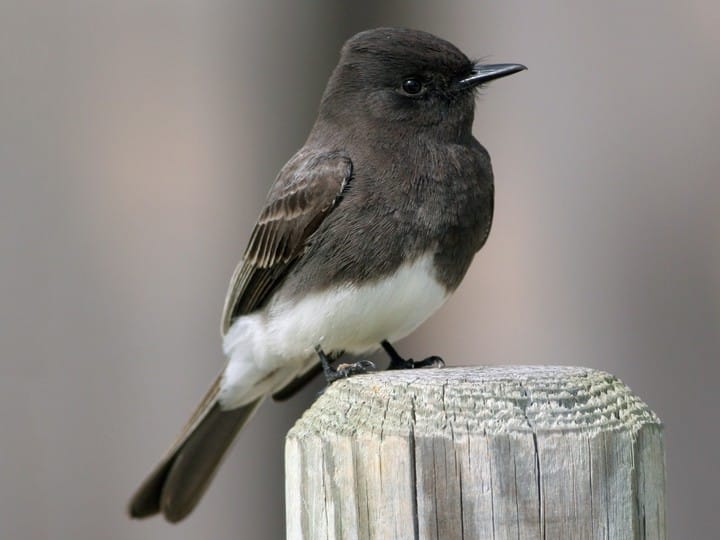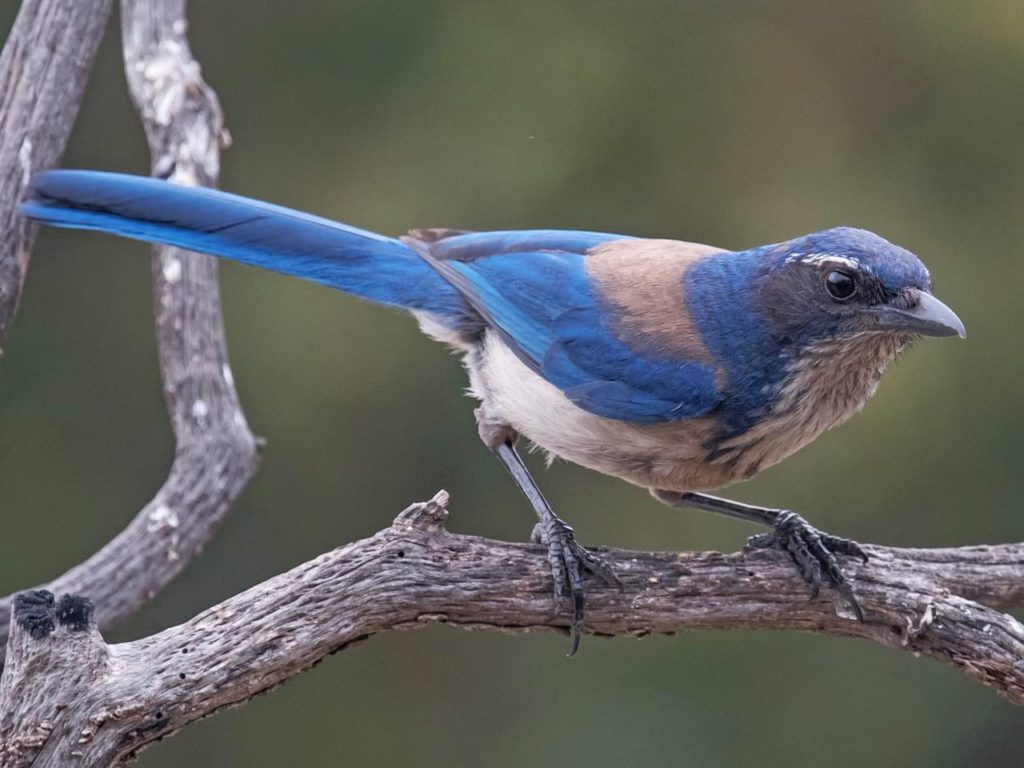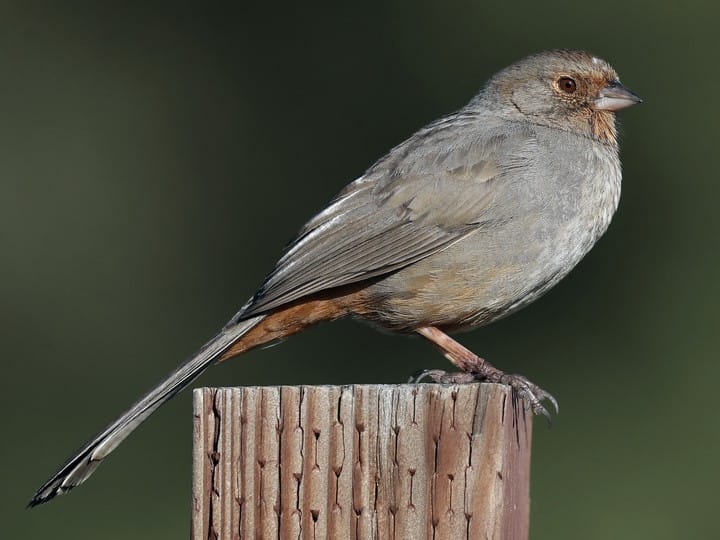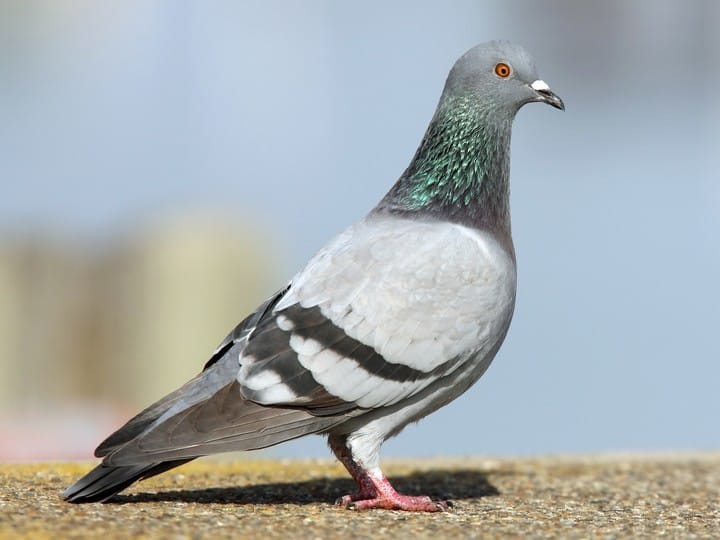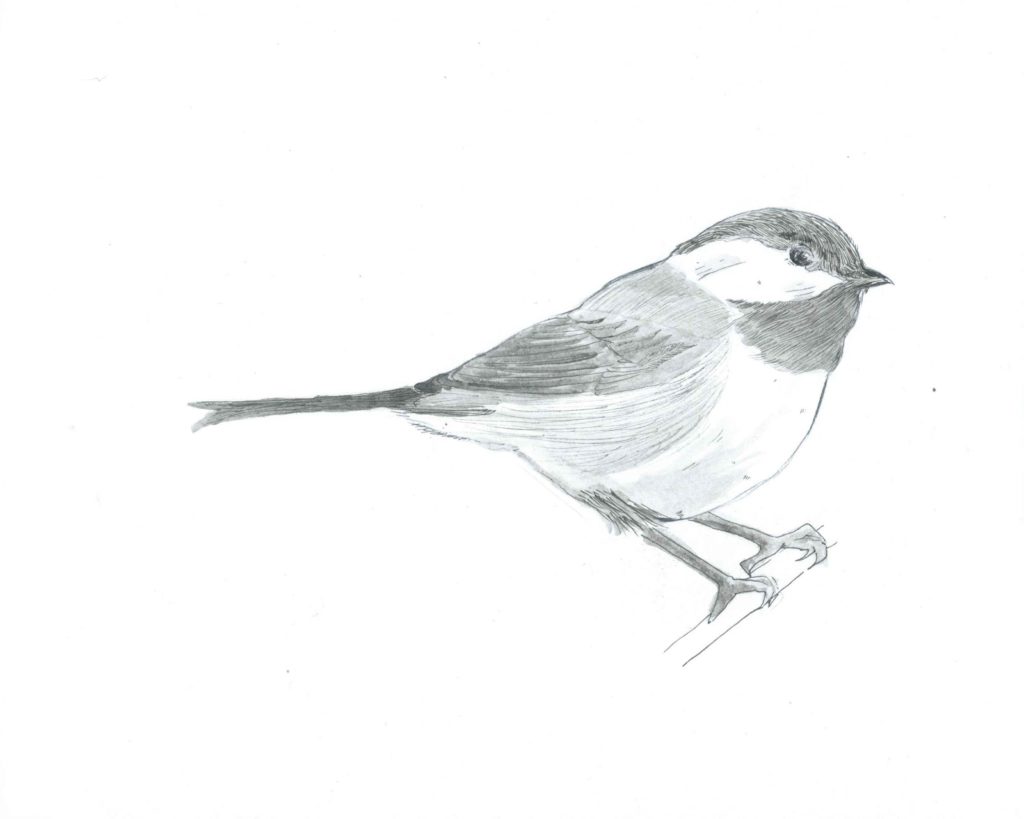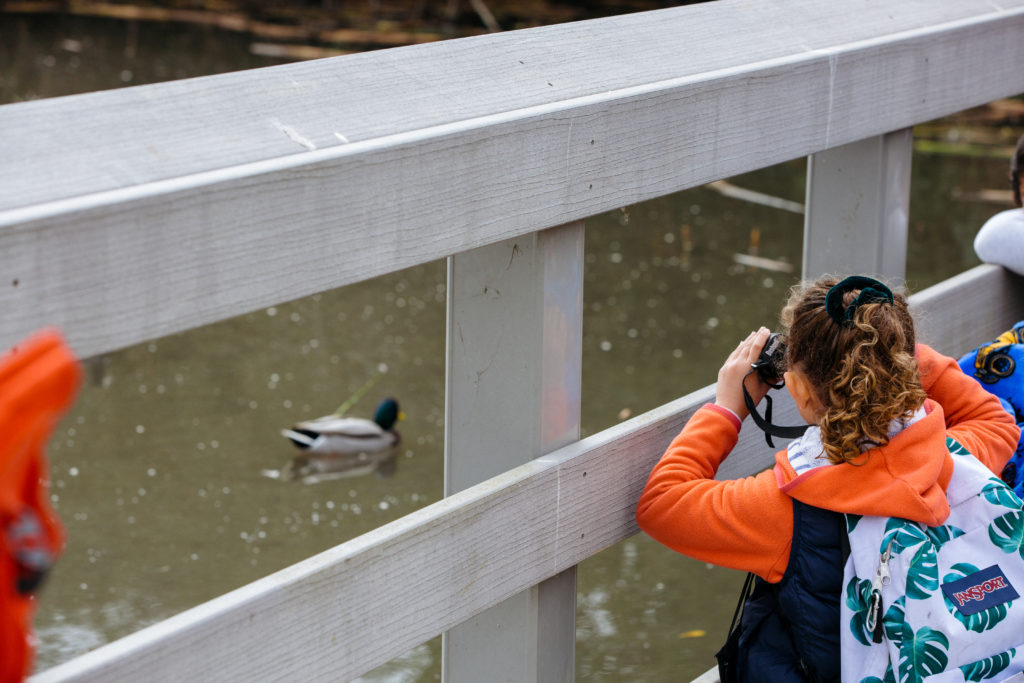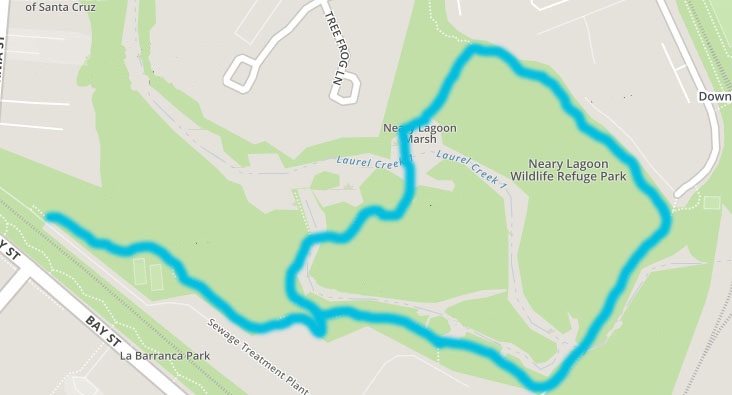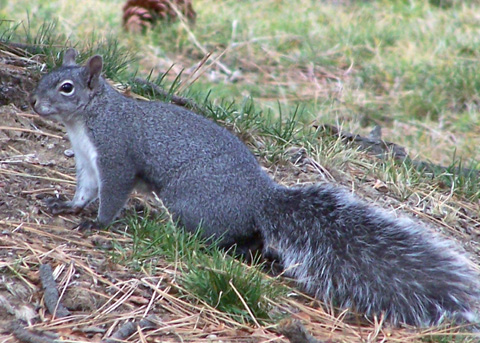Beach cleanups are a way we can all enjoy the outdoors while serving our community. Whenever you’re walking along a beach, river, or other waterway, you can help keep it clean. While there’s a lot we can all do with reducing our own waste, cleanups can prevent some of it from going into our oceans. (As with all activities, remember to practice good social distancing!) Here’s what you need to know about conducting your own beach cleanup:
Helpful Tips and Suggestions
- Never touch anything with your bare hands. Be sure you’re wearing gloves. As for me, I use gardening gloves. The best thing is that they are washable, so I can keep reusing them. I also recommend close toed shoes.
- I use a bucket instead of a plastic bag to reduce my waste. A reusable shopping bag is also effective.
- Do not touch anything sharp or organic. If you find dead animals or waste (poop), just leave it. If you find a biohazard, like a syringe, do not pick it up. If you want, you can call the police and tell them exactly where the biohazard is located, but you are not obligated to.
- If you see any living wildlife, give it plenty of space and do not disturb it. Even if that elephant seal is sitting right on top of a piece of plastic, let it be. Also, remember that all Marine Mammals are protected under the Marine Mammal Act.
- Both the city and the county of Santa Cruz have specific but different criteria for what constitutes trash or recycling. I highly recommend you take a look at those before you start your cleanup:
- City of Santa Cruz recycling guidelines
- County of Santa Cruz recycling guidelines
As a general rule, “when in doubt, throw it out.” It does not help our recycling industry if trash is found in recycling.
- Pay attention to microplastics, or plastics that are smaller than 5 mm. Microplastics are by far the majority of the plastics that make it into our oceans. Just like larger pieces of plastics, any microplastic that gets ingested can’t be digested. And that’s not just for ocean animals. It’s estimated that we humans eat about a credit card’s size worth of plastic every week. Learn more here!
- Take data! This will help researchers implement policies to reduce plastic pollution worldwide. I recommend you either download the Save Our Shores Marine Debris App or use the Save Our Shores data card. If you use a data card, you can take a picture of it and send it to us at volunteer@santacruzmuseum.org.
And lastly, remember to have a good time. Take a moment to enjoy the waves and the fresh air. We are so lucky to live in a place with gorgeous forests, a healthy ocean, and, most of all, with wonderful people.
Post by: Natalie


